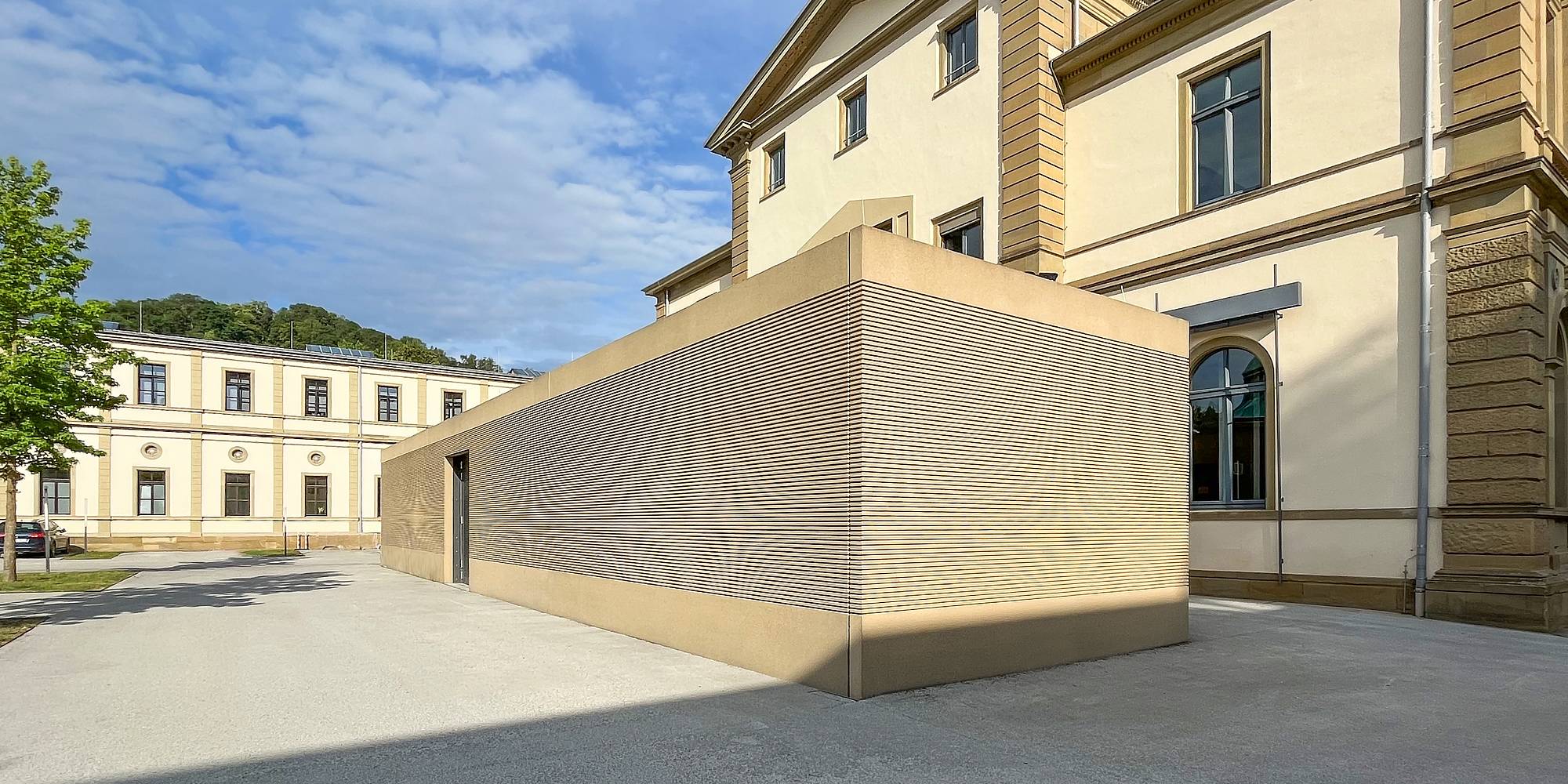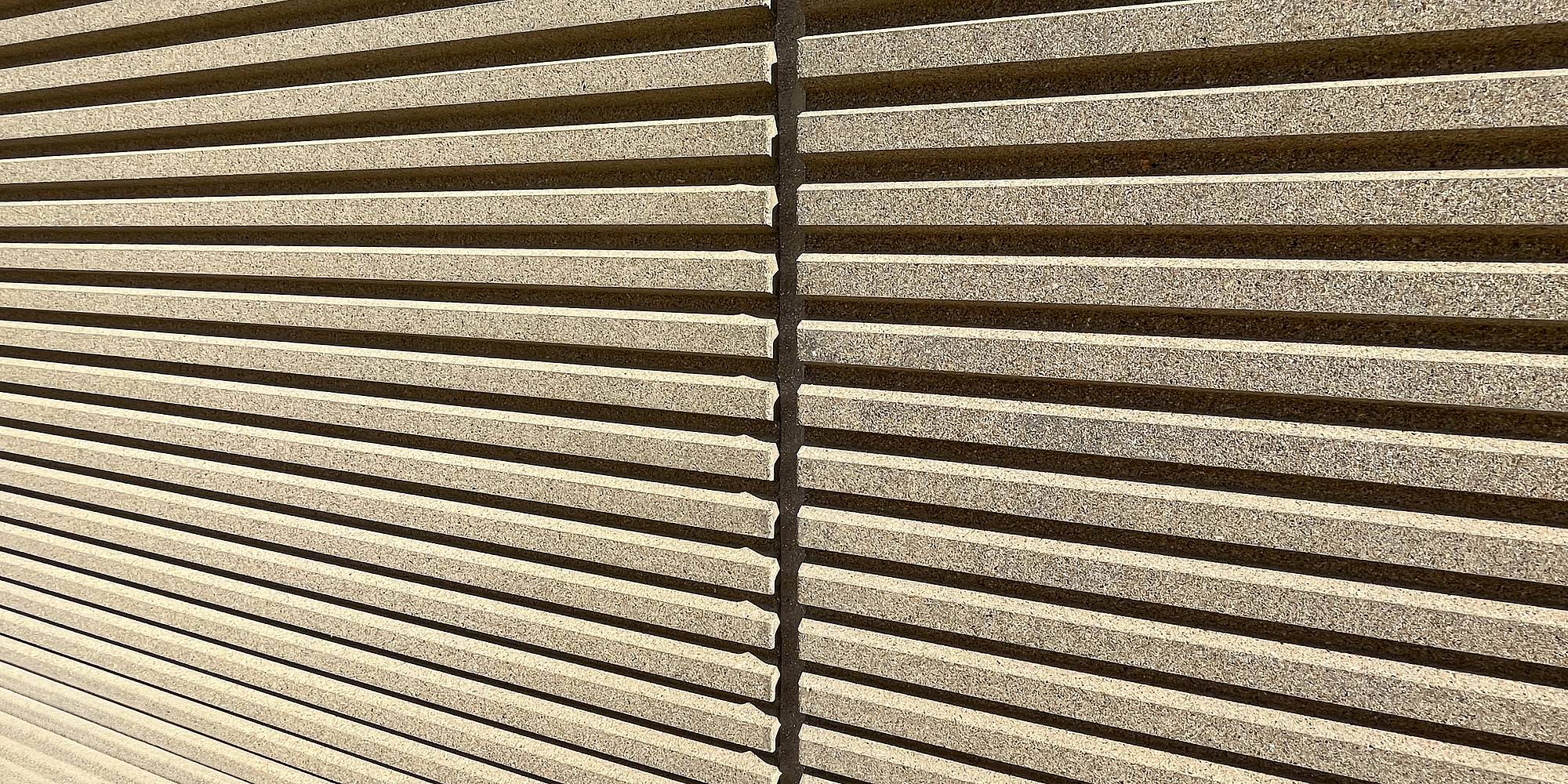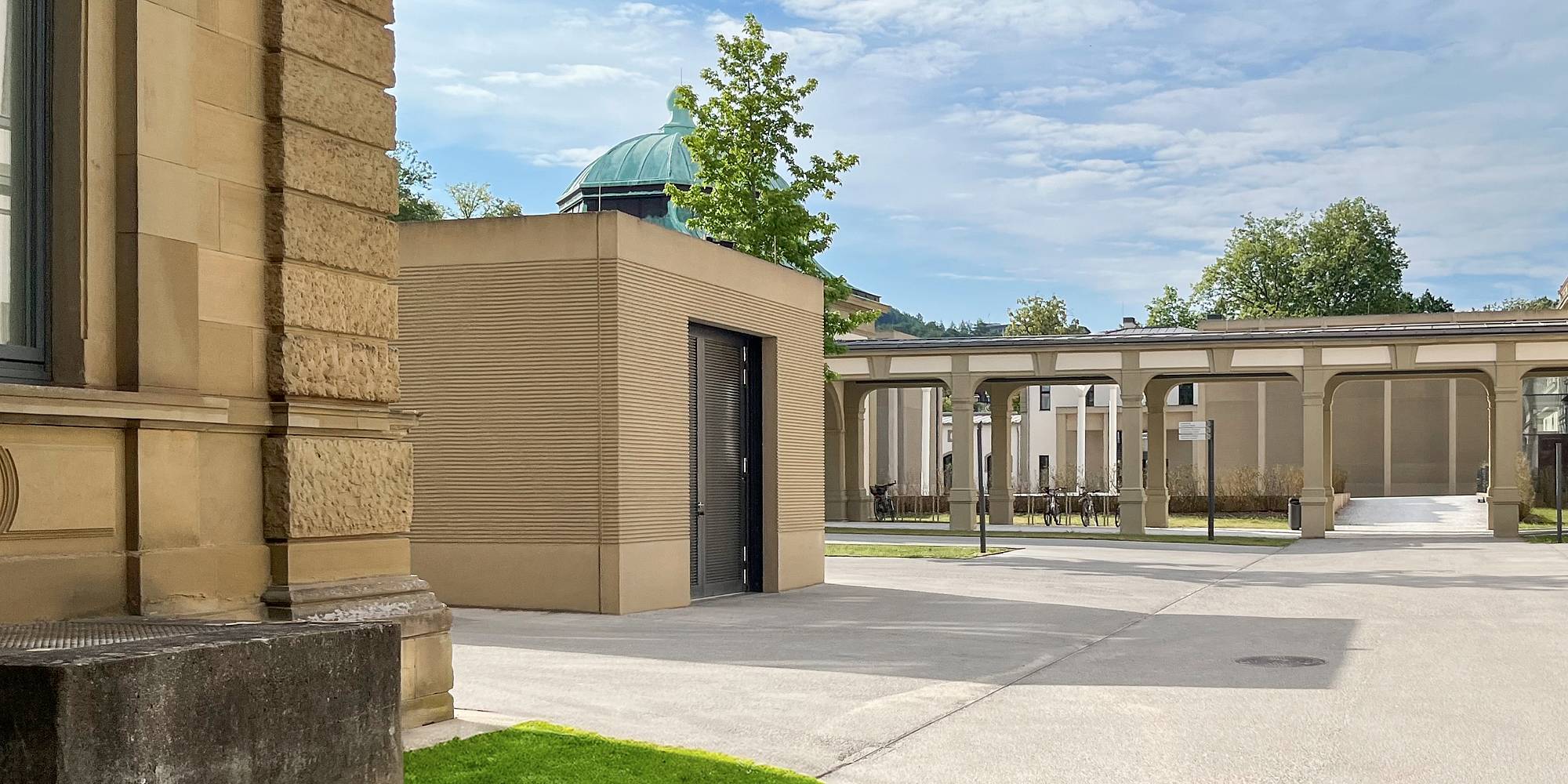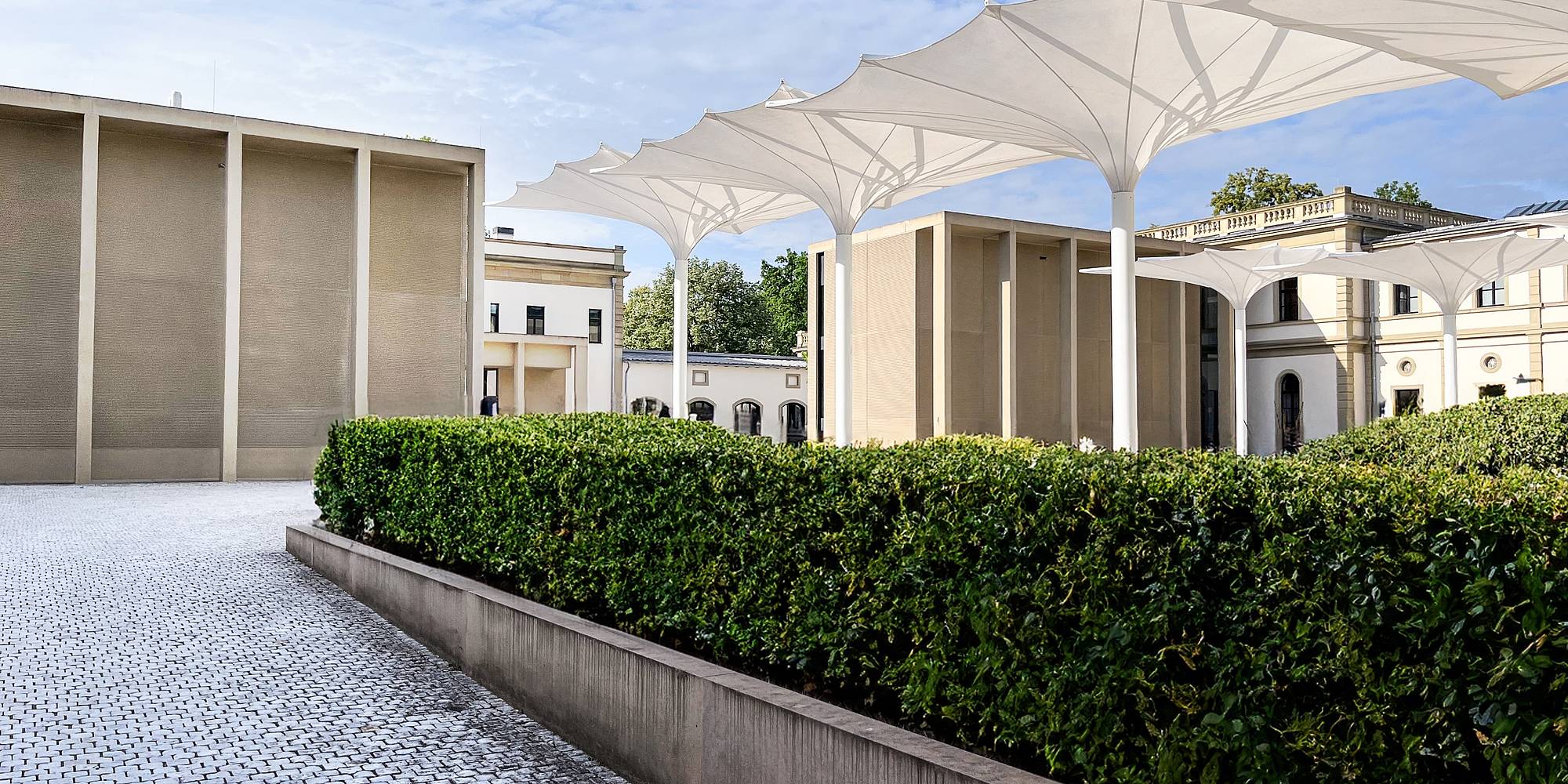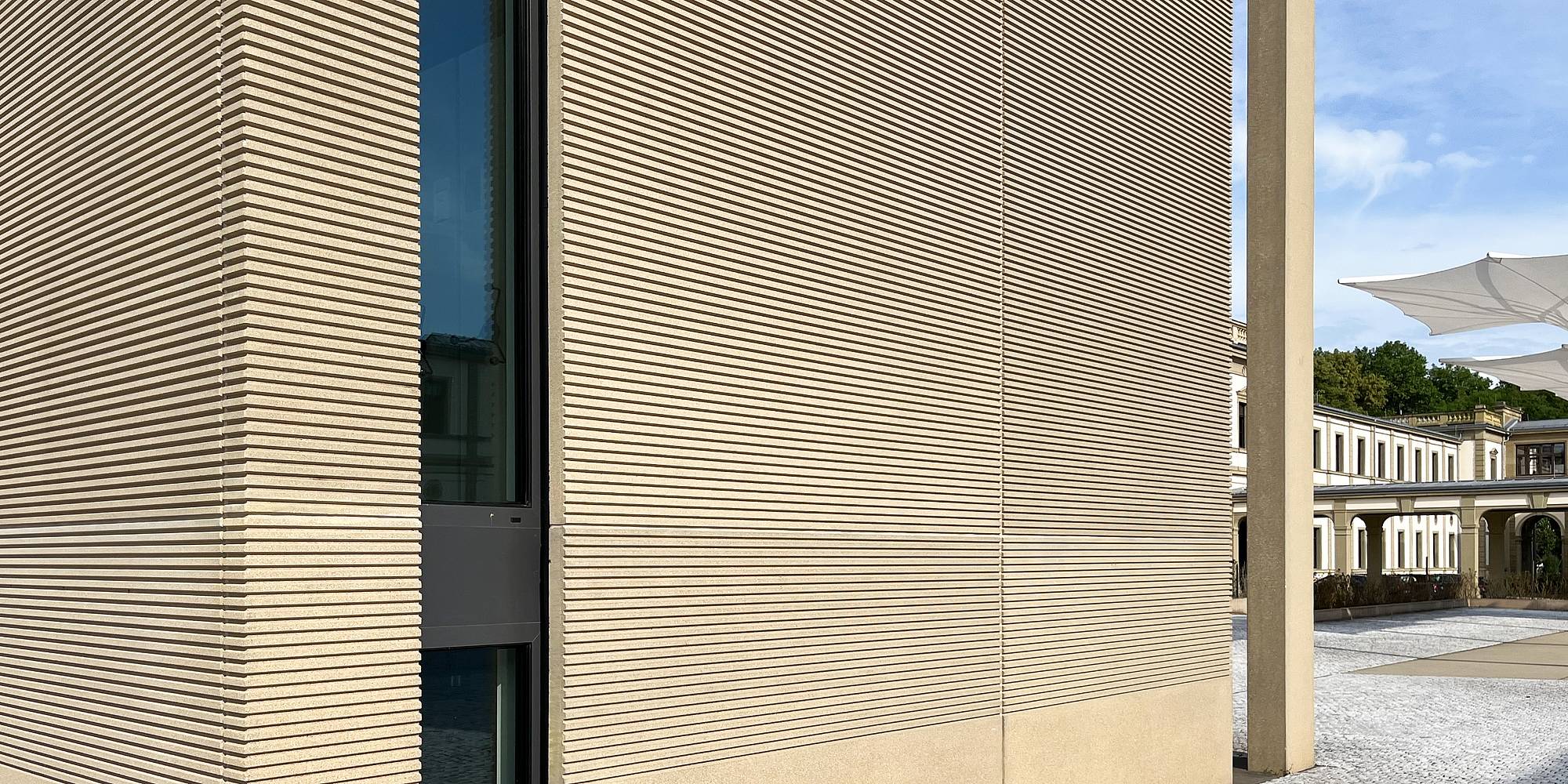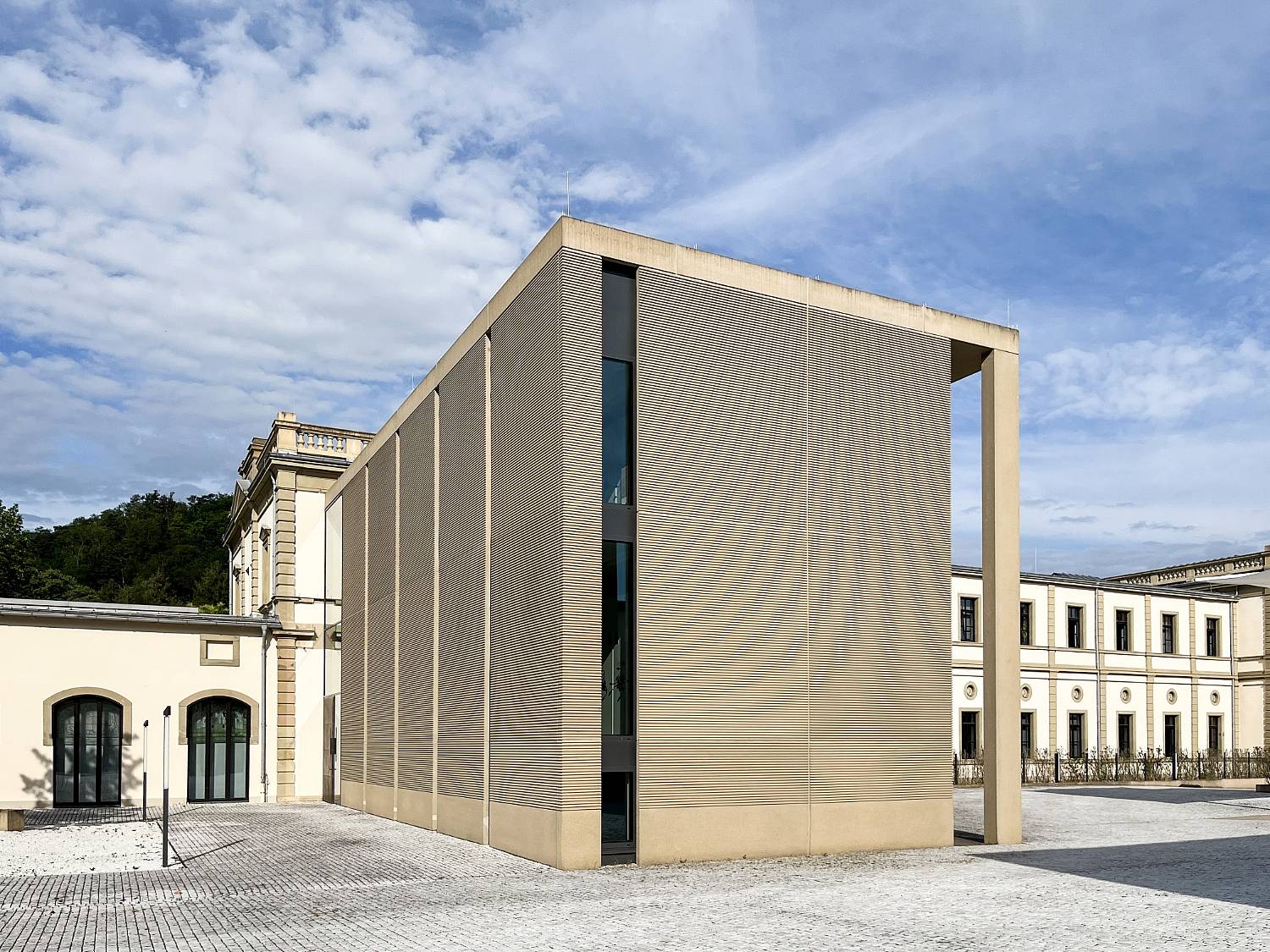Luitpoldbad Government Center, Bad Kissingen, Germany
The Project
Once the largest bathhouse in Europe, the Luitpoldbad stood empty for approximately 25 years before its transformation into a government center. Preservation of its historical significance was paramount to the planners, as even more than 150 years after its inauguration, the building - especially its staircases - continues to radiate unique splendor. Architects from the responsible firm Grellmann, Kriebel, Teichmann were challenged to preserve its historic architecture while meeting contemporary demands.
The Implementation
In close collaboration with the heritage conservation authorities, the building complex underwent partial gutting and meticulous restoration. Many exceptional features, such as the stained glass windows in the corner pavilions and the historic cast iron staircases, were preserved. Thus, the essence of the bathhouse remains tangible even post-modernization. Additionally, an event area was created in the Luitpoldbad courtyard, primarily for hosting various cultural events during the summer. Furthermore, measures for flood protection were implemented, as the facility is located in the floodplain of the Saale river.
The formliner
The symbiosis of old and new is most pronounced in the courtyard, where two modern annex buildings now stand. They provide barrier-free access to all floors of the building and house the central utilities. As a tribute to the historic façades, they were constructed using exposed concrete prefabricated elements cast at the Anton Schick precast plant. Utilizing individually crafted formliner featuring a 2 x 2 cm wide ribbed structure from our RECKLI UNIQUE series, perfectly matching the historical Luitpoldbad in color and texture.
